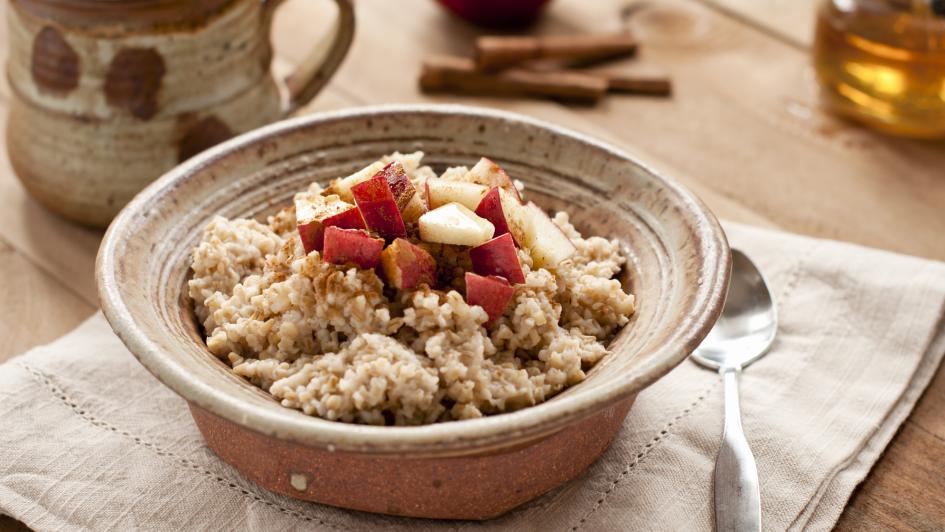Gut Feeling: The Microbiome and Fiber

Published
The media is bloated (no pun intended) with advice and misinformation about how to optimize your digestive health. Trying to understand all the available information can be overwhelming and leave anyone feeling confused. After sifting through pertinent research, I have gleaned some basic and helpful information to help you maintain and improve your intestinal health.
In the Gut of it All
At the core of digestive health are the gut bacteria. They are known as the human microbiome. The microbiome consists of many types of bugs: bacteria, viruses and other organisms. I’ll call them microbes. Trillions of them live in the human body, especially in the large intestine. Some microbes are anti-inflammatory (beneficial) and some are inflammatory (not always beneficial). The human body needs a balance of both, along with a large diversity of microbes to sustain good health.
From Mood Swings to Weight Control
These microbes perform many key functions. They help us maximize the energy we get from the foods we eat. This means they can help us gain weight, lose weight or store energy as fat. They influence our mood by interacting with our nervous system, and they also affect our immune system. From infancy to old age, microbes are critical to our well-being.
An imbalanced microbiome is typically one in which there exist a greater number of inflammatory or “bad” gut microbes compared to anti-inflammatory or “good” gut microbes. This imbalance can change our mood, our ability to fight off illness, or control our weight. An imbalanced microbiome may also contribute to diseases such as Type 2 diabetes, depression, cancer, arthritis, obesity and autism. Therefore, it is very important to nourish ourselves, and indirectly our microbiomes, to optimize our health.
Feeding the Microbiome Machine
Genetics, diet, medication, obesity and health status all influence the microbiome. Nutritionally, foods high in fiber help boost our microbial balance. Examples of fiber-rich foods include beans, brown rice, wheat bran, celery, broccoli, apples and oatmeal. In addition to helping feed our microbes and promote a balance between the “good” and “bad” ones, fiber has the added benefits of helping lower cholesterol, improving blood sugar, and providing antioxidant protection.
Not all of us have the time to consciously feed our microbial friends on a regular basis. When we don’t get enough fiber in our diets, it can be very tempting to wander to the supplement aisles for pills promising the glories of gut health in one quick dose. When selecting a dietary supplement product, remember that probiotics are the health-promoting microbes while prebiotics are the food for those microbes. In other words, prebiotics feed probiotics. Currently, research has shown that once ingested, the probiotics do not linger for very long once you stop taking them. So in theory, consuming more prebiotics may allow the probiotics to stick around longer.
Take Gut Action!
Whether you have a six-pack, a one-pack, some fluff or some firmness, embrace that gut! The adequate fiber intake is 38 grams per day for men, and 25 grams per day for women. One medium apple (with the peel) gives you about 5 grams of fiber – and it’s a great snack. Remember, your gut is home to all of those wonderful microbes, so take care of it!
By Monika Broemmer, Master of Science in Nutrition for Wellness candidate (’17) and Bastyr University faculty Neal Malik, DrPH, MPH, RDN.


